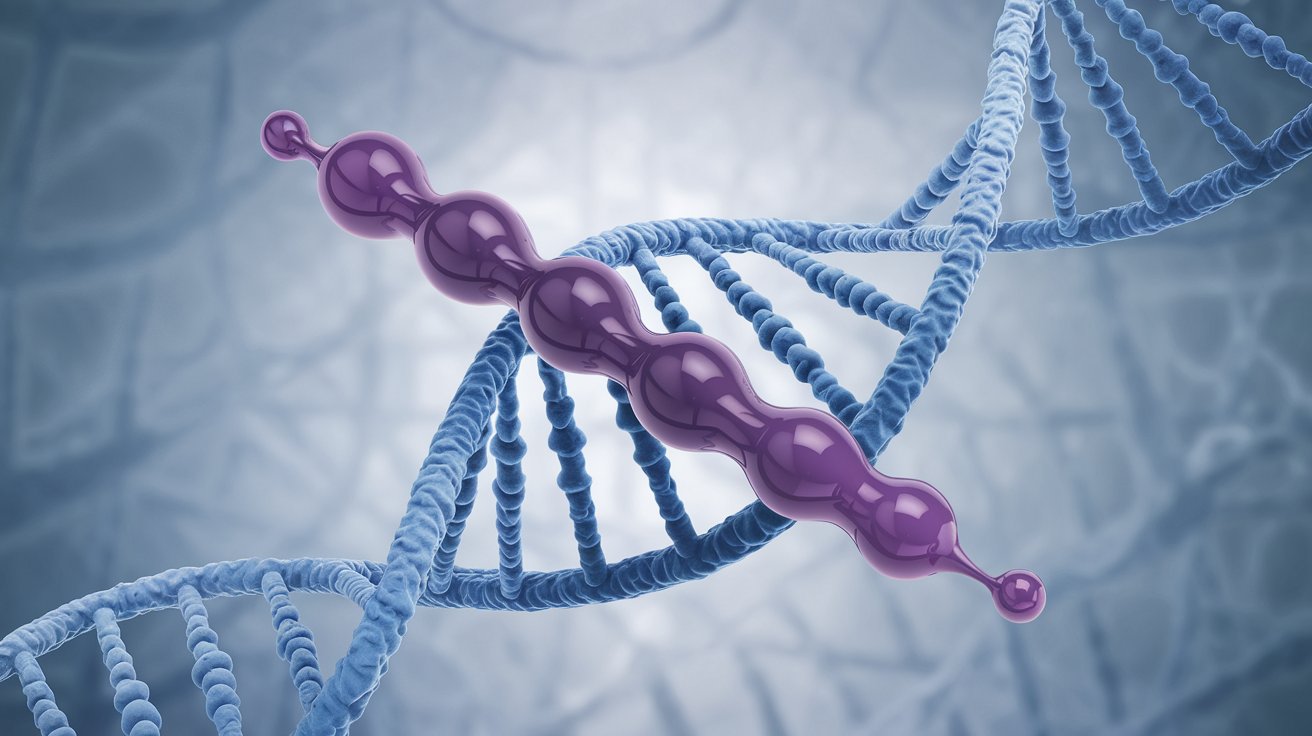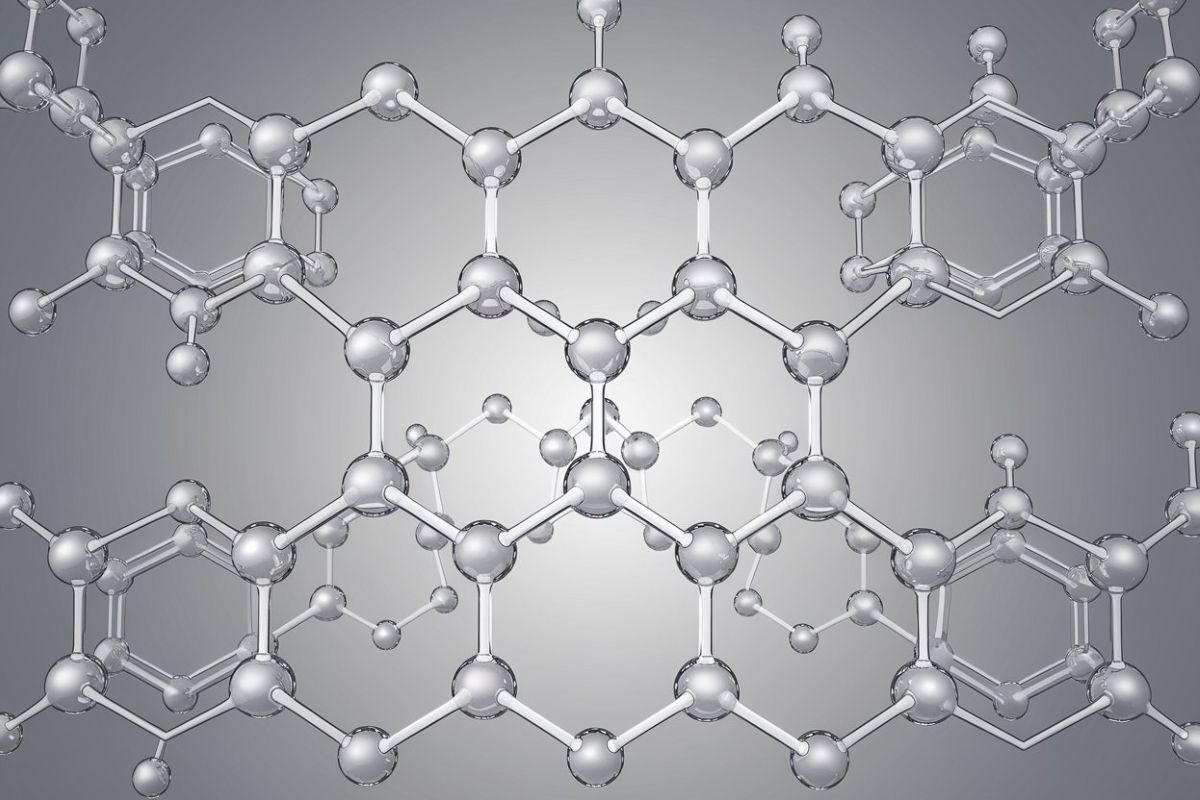
Argininosuccinate Synthetase Deficiency is a rare genetic disorder affecting the urea cycle, which helps remove ammonia from the bloodstream. This condition can lead to severe health issues if not managed properly. Symptoms often appear in newborns and can include vomiting, lethargy, and seizures. Early diagnosis and treatment are crucial for managing this disorder. Genetic testing can confirm the diagnosis, and dietary management plays a key role in treatment. Understanding the basics of this condition can help families and caregivers provide better care. Here are 25 essential facts to help you grasp the complexities of Argininosuccinate Synthetase Deficiency.
What is Argininosuccinate Synthetase Deficiency?
Argininosuccinate Synthetase Deficiency (ASSD) is a rare genetic disorder affecting the urea cycle. This cycle is crucial for removing ammonia from the bloodstream. When this process is disrupted, it can lead to severe health issues.
-
ASSD is a urea cycle disorder: The urea cycle converts ammonia, a toxic byproduct of protein metabolism, into urea, which is then excreted in urine. ASSD disrupts this process.
-
Caused by mutations in the ASS1 gene: The ASS1 gene provides instructions for making the enzyme argininosuccinate synthetase. Mutations in this gene reduce or eliminate enzyme activity.
-
Inherited in an autosomal recessive manner: Both parents must carry one copy of the mutated gene for a child to be affected. Carriers usually show no symptoms.
Symptoms of Argininosuccinate Synthetase Deficiency
Symptoms of ASSD can vary widely, from mild to severe. Early detection and treatment are crucial for managing the condition.
-
Hyperammonemia: Elevated ammonia levels in the blood can cause lethargy, vomiting, and irritability. If untreated, it can lead to coma or death.
-
Developmental delays: Children with ASSD may experience delays in reaching developmental milestones, such as walking or talking.
-
Seizures: High ammonia levels can trigger seizures, which may be difficult to control without proper treatment.
-
Liver enlargement: The liver may become enlarged due to the accumulation of ammonia and other toxic substances.
-
Poor feeding and growth: Infants with ASSD often have difficulty feeding and may fail to gain weight or grow at a normal rate.
Diagnosis of Argininosuccinate Synthetase Deficiency
Early diagnosis is essential for managing ASSD effectively. Several tests can help identify this condition.
-
Blood ammonia levels: Elevated ammonia levels in the blood can indicate a urea cycle disorder like ASSD.
-
Plasma amino acid analysis: This test measures the levels of amino acids in the blood. High levels of citrulline and low levels of arginine can suggest ASSD.
-
Genetic testing: Identifying mutations in the ASS1 gene can confirm a diagnosis of ASSD.
-
Newborn screening: Some regions include ASSD in their newborn screening programs, allowing for early detection and intervention.
Treatment Options for Argininosuccinate Synthetase Deficiency
Managing ASSD involves reducing ammonia levels and providing the body with essential nutrients. Treatment plans are tailored to each individual's needs.
-
Low-protein diet: Reducing protein intake can help lower ammonia production in the body.
-
Nitrogen-scavenging medications: These drugs help remove excess ammonia from the bloodstream.
-
Arginine supplementation: Providing extra arginine can help bypass the metabolic block caused by ASSD.
-
Liver transplantation: In severe cases, a liver transplant may be necessary to restore normal urea cycle function.
-
Regular monitoring: Frequent blood tests are needed to monitor ammonia levels and adjust treatment as necessary.
Living with Argininosuccinate Synthetase Deficiency
Living with ASSD requires ongoing medical care and lifestyle adjustments. Support from healthcare professionals and family is crucial.
-
Multidisciplinary care team: Patients benefit from a team of specialists, including geneticists, dietitians, and neurologists.
-
Emergency management plan: Having a plan in place for managing hyperammonemia crises can be lifesaving.
-
Education and support: Families should be educated about ASSD and connected with support groups for emotional and practical assistance.
-
Regular follow-ups: Consistent medical check-ups help ensure that treatment remains effective and any complications are promptly addressed.
Research and Future Directions
Ongoing research aims to improve the understanding and treatment of ASSD. Advances in genetics and medicine offer hope for better outcomes.
-
Gene therapy: Researchers are exploring gene therapy as a potential cure for ASSD by correcting the underlying genetic defect.
-
New medications: Development of new drugs that more effectively reduce ammonia levels is an active area of research.
-
Improved diagnostic techniques: Advances in genetic testing and newborn screening may lead to earlier and more accurate diagnoses.
-
Patient registries: Collecting data from individuals with ASSD helps researchers identify patterns and improve treatment strategies.
Understanding Argininosuccinate Synthetase Deficiency
Argininosuccinate Synthetase Deficiency (ASSD) is a rare genetic disorder affecting the urea cycle. This condition can lead to dangerous levels of ammonia in the blood, causing serious health issues. Early diagnosis and treatment are crucial for managing symptoms and preventing complications. Treatments often include dietary changes, medications, and sometimes liver transplantation. Genetic counseling can help families understand the risks and options available.
Raising awareness about ASSD can lead to better support and resources for those affected. By learning more about this condition, we can contribute to a more informed and compassionate community. If you or someone you know is dealing with ASSD, seeking medical advice and support is essential. Knowledge and proactive care can make a significant difference in the quality of life for individuals with this condition.
Was this page helpful?
Our commitment to delivering trustworthy and engaging content is at the heart of what we do. Each fact on our site is contributed by real users like you, bringing a wealth of diverse insights and information. To ensure the highest standards of accuracy and reliability, our dedicated editors meticulously review each submission. This process guarantees that the facts we share are not only fascinating but also credible. Trust in our commitment to quality and authenticity as you explore and learn with us.


